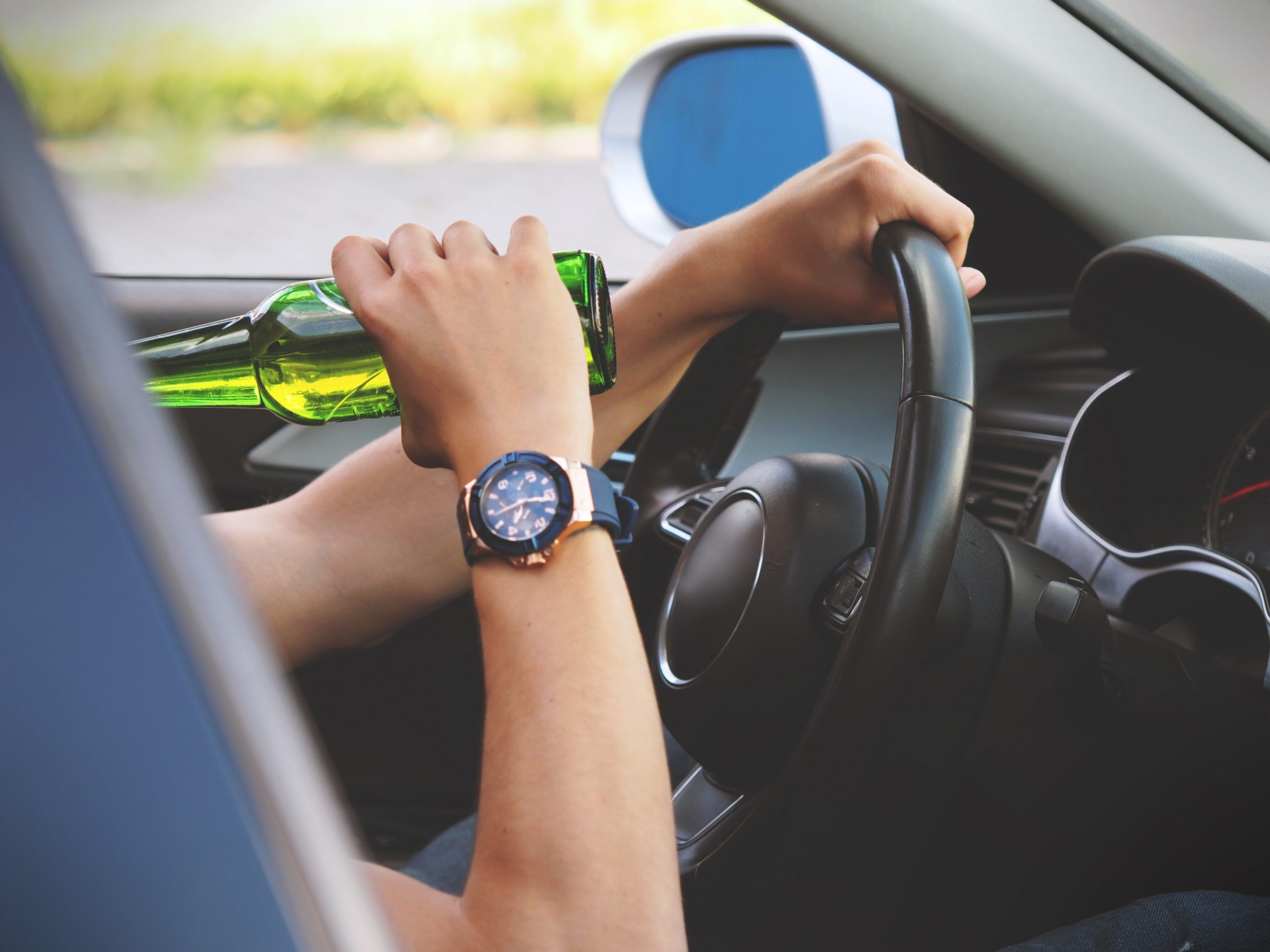*Editor’s Note: The source quoted in the story asked that his name not be used. Loquitur is using “Steve Smith” to protect privacy.*
“Driving under the influence has affected my life by prohibiting me from jobs, taking up time with completing community service and it overall negatively impacts my life.”
At the age of 37, Steve Smith made a decision to drink and drive. This decision changed his life forever. After Smith
had a night out with some buddies drinking roughly five bottles of beer, he decided to drive home. After this bad decision, he was pulled over for not having control of the vehicle.
“I figured I was fine but my alcohol consumption showed up as 0.10 percent, which meant otherwise,” Smith said.
The legal maximum blood alcohol concentration in most states is 0.08 percent. That is the cut-off point for what is considered safe for driving. The more alcohol one consumes the more impaired an individual will get. The amount one consumes can vary. Alcohol consumption will show up differently among individuals due to height, weight, and gender.
“You can still get a DUI even if you are under 0.08 percent if you are believed to be not in control of the vehicle at the current time,” Aston police officer Matthew Curry, said.

Driving under the influence (DUI) is not a responsible action. No matter what, there is no excuse for drinking and driving. There is always another option. Drinking can slow down your reaction time, give you a lack of coordination, decrease your vision and inhibit your judgment.
“Through my decision of drinking and driving, I lost my license for 90 days and I had to complete 40 hours of community service where I had to pick up trash. It really affected my mental state, putting me in a dark place. I had to depend on others to drive me around. It was embarrassing and I felt like a burden,” Smith said
Smith isn’t alone in his poor decisions. The drunk driving prevention website states that “About 1.5 million people were arrested in a given year for driving under the influence of alcohol or drug.”
Options like Uber, Lyft, friends who aren’t drinking and even the cops are different routes to go before stepping in the car after drinking an alcoholic beverage.
A January 2015 study conducted by Paul J Gruenewald, Fred W Johnson and Andrew J Treno reported that “Increased restaurant density is strongly related to higher rates of both self-reported driving after drinking and drinking frequency.”
“No matter how expensive the Uber is, it’s still cheaper than a DUI because in the end fines can go up to $10,000.00 and no Uber ride will be that expensive,” Curry said.
On top of these expenses, Smith stated that his insurance bill went up to $150.00 more than his normal bill.
A June 2009 study conducted by Ralph W. Hingsoayn and Wenxing Zha in the journal Pediatrics found that delaying the age you begin to drink will likely decrease the chances of injuries to oneself or others due to intoxication. Delaying the age at which one starts to drink is helpful because when one is older they tend to have more self-control.
“More than one-third of those injuries occurred when respondents 25 years of age were under the influence, although only seven percent of respondents were 25 years of age. Persons other than respondents experienced 20% of those unintentional injuries, more than one-third of them in traffic,” the article in Pediatrics said.
Many consequences come from drinking and driving and individuals should know it isn’t just their life that is at risk but also could impact someone else’s life through one mistake.
“If an individual wants to go out and have fun, make sure to have a clear plan with a friend or family member who isn’t drinking that could drive you home. It is better to be safe than sorry,” Smith said.
The National Highway Traffic Saftey Administration states every day is a life-changing experience. On a normal day within the United States on average of 30 individuals are in a fatal crash resulting in more than 10,000 deaths a year.
“Just don’t drink and drive. It can be very pricey and ruin your life,” Curry said.




